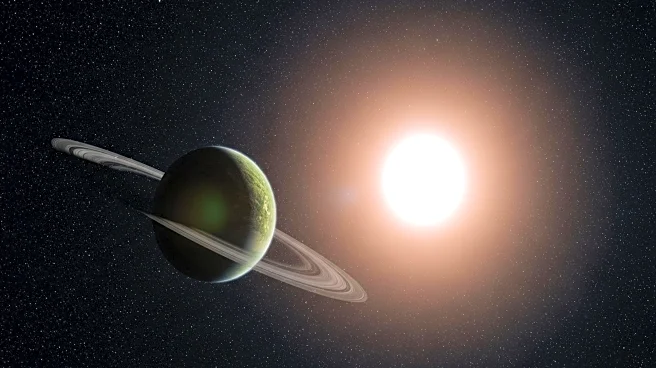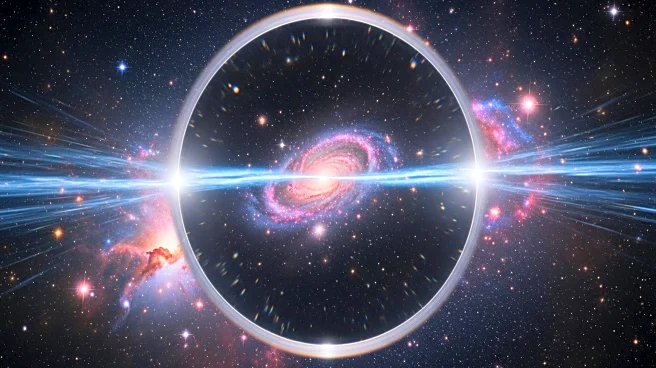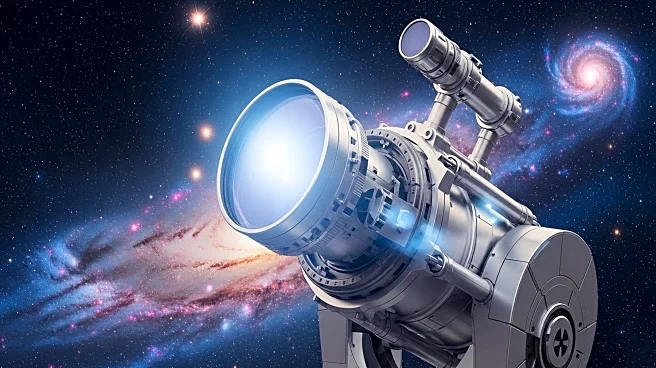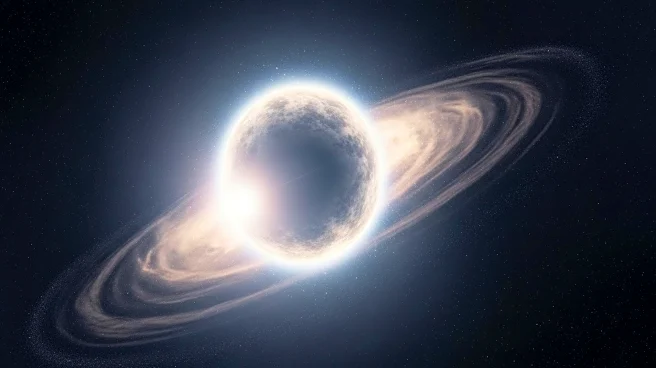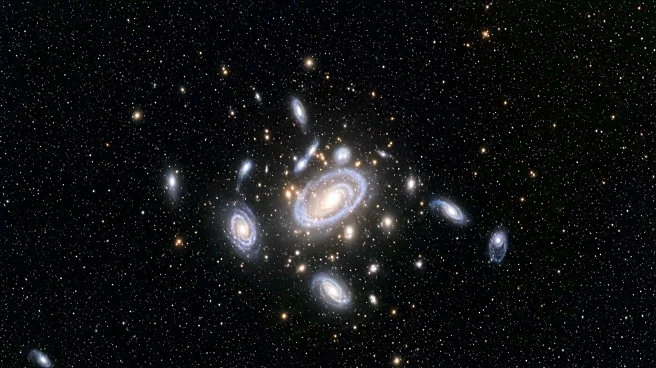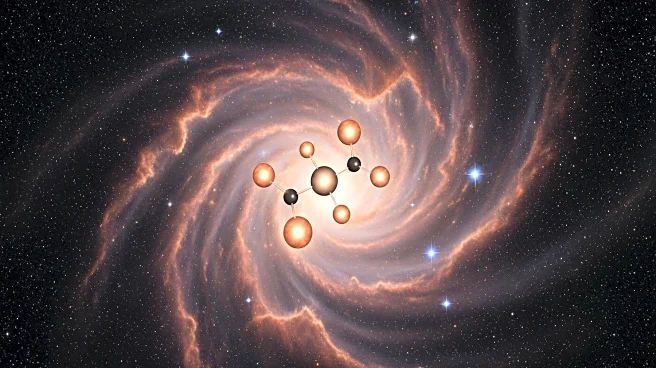What is the story about?
What's Happening?
Recent research suggests that planets orbiting white dwarfs, the remnants of dead stars, might remain habitable due to the effects of general relativity. When stars like the sun exhaust their fuel, they become red giants and eventually shed their outer layers, leaving behind a dense core known as a white dwarf. These remnants can host planets, and under certain conditions, general relativity could prevent extreme tidal heating effects that would otherwise render these planets uninhabitable. The study, conducted by Eva Stafne and Juliette Becker at the University of Wisconsin-Madison, indicates that the gravitational well created by the white dwarf can cause the orbit of a nearby planet to precess, decoupling it from the gravitational influence of larger companion planets. This decoupling could prevent the runaway greenhouse effect typically caused by tidal heating, allowing the inner planet to remain habitable.
Why It's Important?
The findings have significant implications for the search for habitable planets beyond our solar system. If general relativity can indeed mitigate tidal heating effects, it expands the potential for life-supporting conditions on planets orbiting white dwarfs. This could influence future astronomical research and the use of telescopes like the James Webb Space Telescope, which are actively searching for rocky worlds around these stars. The study provides a new perspective on the conditions that might allow life to persist in environments previously considered inhospitable, potentially broadening the scope of astrobiological exploration and understanding of planetary habitability.
What's Next?
The research encourages astronomers to incorporate general relativity into models of planetary systems around white dwarfs. As telescopes continue to search for habitable planets, the inclusion of general relativity in simulations could refine predictions about which systems might support life. The study also suggests that future discoveries of habitable planets around white dwarfs could provide unique insights into the role of general relativity in planetary dynamics, potentially offering a new avenue for understanding the fundamental forces that govern celestial bodies.
Beyond the Headlines
The study highlights the complex interplay between gravitational forces and planetary habitability, suggesting that the curvature of space-time could play a crucial role in sustaining life. This raises intriguing questions about the nature of life in the universe and the conditions under which it can thrive. The research also underscores the importance of considering relativistic effects in astrophysical models, which could lead to a deeper understanding of the universe's structure and the potential for life beyond Earth.
AI Generated Content
Do you find this article useful?
